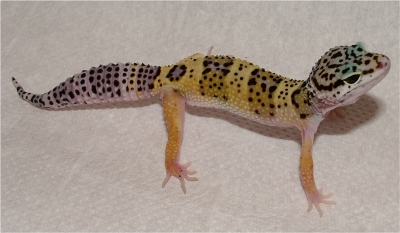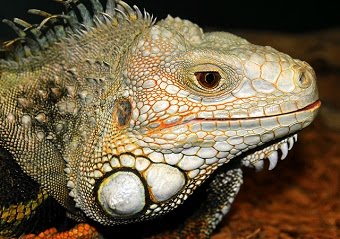Blind Snake
Blind Snakes are mostly found in Africa and Asia.
Moist leaves, logs, humus in wet forests, dry jungles, and even city gardens are a few places where blind snakes can be found laying about. They mostly like urban and agricultural areas underground in ant and termite nests. Larvae, eggs, and pupae of ants and termites are their favorite meals.
These snakes are often mistaken for earthworms. Simply because the head and tail look the same like an earthworm except the tip of the tail ends with a tiny pointed spur, and they do not have a narrowing neck. The eyes of a blind snake are covered with translucent scales (clear scales). You would probably have a hard time finding their eyes since they look like tiny little dots under the head scales. The translucent scales render these guys almost entirely blind. This causes them to have a difficult time forming images, but they are still capable of registering light intensity.
The adults are thin and small averaging between 2 to 6 inches long. That is a little longer than a regular sized pen! In my opinion they sort of remind me of baby leeches...(ugh thank goodness these little guys aren't anything like those slimy blood sucking creators). Coloration of adult blind snake varies from shiny silver-grey to charcoal-grey or purple. Juvenile blind snakes are colored just like the adults.
Most blind snakes lay eggs, but in a few species, the eggs may hatch inside the mother so that she gives birth to live baby snakes. The flowerpot snake may be parthenogenetic (PAR-thih-no-jeh-NEH-tik), which means that the females do not need males to fertilize their eggs in order to have babies. It is the only parthenogenetic snake, and one of the few parthenogenetic vertebrates in the entire animal kingdom.
Vertebrates (VER-teh-brehts) are animals with backbones. Among blind snakes overall, small or especially thin species have fewer eggs — sometimes just one, raisin-sized egg. Larger species may have more than fifty eggs that are the size of large grapes. Eggs probably hatch in one to two months, but some hatch in just a week. Many of the blind snakes mate during only one season a year, usually in late spring, but others appear to mate all year long.
*Reproduction Facts Courtesy of*Blind Snakes: Typhlopidae - Behavior And Reproduction
*Photo Courtesy of:* http://en.wikipedia.org/wiki/User:Malby


